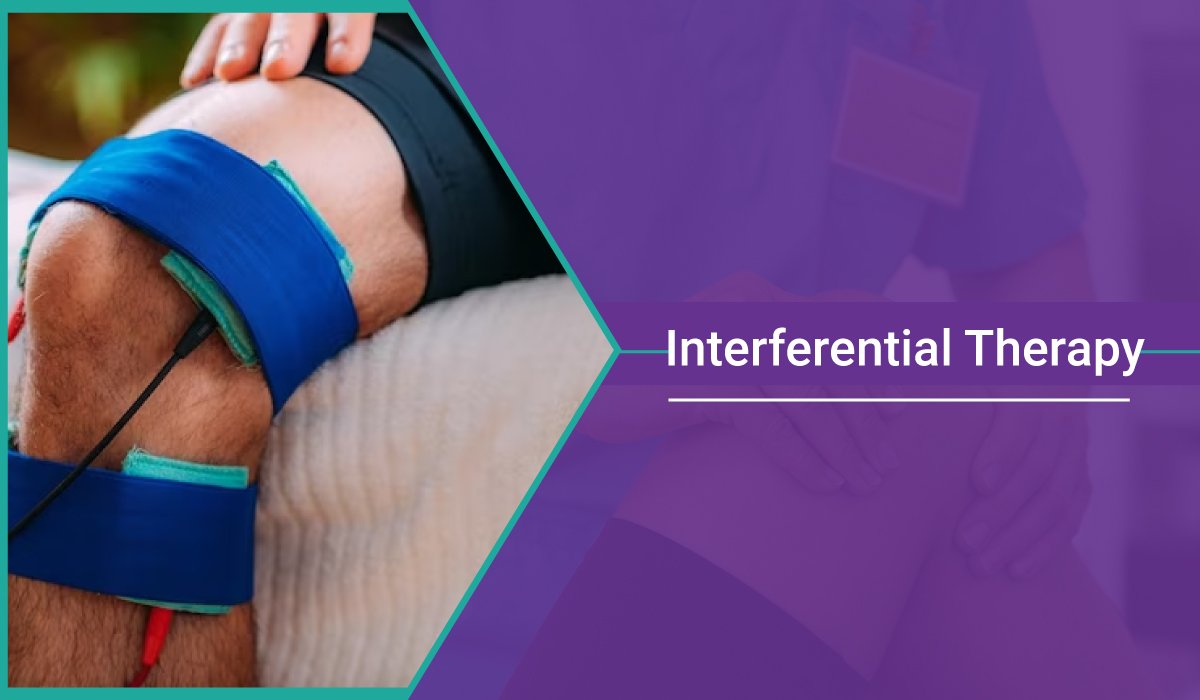What is Tailbone Pain and How Physiotherapy Can Help!
Tailbone pain, also known as coccydynia, is a common condition that can cause discomfort and pain in the area surrounding the tailbone, making it difficult to sit or move comfortably. It can be caused by a variety of factors, such as trauma, prolonged sitting, or childbirth. While medication and surgery are common treatment options, physiotherapy can also provide effective relief for tailbone pain. Physiotherapy involves various exercises and techniques aimed at reducing pain and increasing mobility.
What is Tailbone Pain?
Tailbone pain, also known as coccydynia, is a condition characterized by pain and discomfort in the area surrounding the tailbone. This pain can range from mild to severe and can make it difficult to sit or move comfortably. Tailbone pain can be caused by a variety of factors, including trauma, such as falls or car accidents, prolonged sitting or pressure on the area, childbirth, or other medical conditions that affect the bones, muscles, or nerves in the pelvic region. The symptoms of tailbone pain can include pain, tenderness, or soreness in the tailbone area, pain with sitting or during bowel movements, and pain during sexual intercourse. Treatment for tailbone pain depends on the underlying cause but may include medication, physical therapy, or surgery in severe cases.
Meaning of Coccydynia exercises
Coccydynia exercises are a set of physical therapy exercises designed to help alleviate the pain and discomfort associated with coccydynia, also known as tailbone pain. These exercises are aimed at strengthening the muscles and improving the flexibility of the pelvic region, reducing pressure on the tailbone, and increasing overall mobility. The exercises may include pelvic tilts, hip stretches, lower back stretches, and other exercises that target the muscles of the buttocks, hips, and lower back. Coccydynia exercises can be performed under the guidance of a physiotherapist or at home, but it is important to follow the proper technique and consult with a healthcare professional before beginning any exercise program for coccydynia.
Tailbone pain exercises
Tailbone pain exercises, also known as coccydynia exercises, are a set of physical therapy exercises aimed at relieving pain and discomfort in the tailbone area. These exercises can be done at home or under the guidance of a physiotherapist and may include:
- Pelvic tilts: Lay flat on your back with your feet flat on the floor and your knees bent. Gently contract your abdominal muscles and tilt your pelvis forward and backward, keeping your back flat on the floor.
- Hip stretches: Lie on your back and bring one knee to your chest, holding it with your hands. Gently pull the knee toward your chest, feeling a stretch in your hip and buttocks. Repeat on the other side.
- Cat-cow stretch: Get on your hands and knees, with your hands directly under your shoulders and your knees under your hips. Arch your back, bringing your tailbone toward your knees, then slowly round your back, bringing your tailbone toward the ceiling.
- Seated forward bend: Your legs should be straight out in front of you while you sit on the ground. Slowly bend forward from the hips, reaching toward your toes.
- Glute bridges: Legs bowed and feet flat on the ground as you lay on your back. Lift your hips off the floor, squeezing your glutes and keeping your back straight.
Tailbone pain treatment
Tailbone pain, or coccydynia, can be treated in several ways, depending on the severity and underlying cause of the condition. Below mentioned are some common treatments for tailbone pain:
- Medication: Over-the-counter pain relievers, such as acetaminophen or ibuprofen, can help reduce inflammation and relieve pain.
- Physical therapy: A physiotherapist can design a treatment plan that includes stretching, strengthening exercises, and massage to alleviate pain and improve flexibility and mobility.
- Use of cushions or seat modifications: Soft cushions or specially designed seats can help reduce pressure on the tailbone when sitting.
- Heat or ice therapy: Applying heat or ice to the affected area can help reduce inflammation and relieve pain.
- Injections: In severe cases, an injection of corticosteroids may be recommended to reduce inflammation and relieve pain.
- Surgery: In rare cases where other treatments have not been effective, surgery to remove the coccyx may be recommended.
How Physiotherapy Can Help Tailbone Pain?
A physiotherapist can design a treatment plan tailored to the individual’s specific needs, which may include:
- Stretching and strengthening exercises: Exercises aimed at stretching and strengthening the muscles of the pelvic region can help reduce pressure on the tailbone and improve flexibility and mobility.
- Soft tissue mobilization: Techniques such as massage or myofascial release can help alleviate pain and tension in the muscles and tissues surrounding the tailbone.
- Postural adjustments: A physiotherapist can provide guidance on proper posture and body mechanics to help reduce pressure on the tailbone.
- Use of cushions or seat modifications: A physiotherapist can recommend specialized cushions or seat modifications to reduce pressure on the tailbone when sitting.
- Heat or ice therapy: Applying heat or ice to the affected area can help reduce inflammation and relieve pain.
- Education: A physiotherapist can provide education on lifestyle modifications and exercises to prevent future episodes of tailbone pain.
Conclusion
Tailbone pain, or coccydynia, can be a debilitating condition that can affect daily activities. However, there are several treatment options available to alleviate pain and improve mobility. Physiotherapy can be an effective non-surgical treatment option for tailbone pain, as it can provide targeted stretching and strengthening exercises, soft tissue mobilization, postural adjustments, and education on lifestyle modifications to help prevent future episodes of pain. It is important to consult with a healthcare professional to determine the best treatment plan for your specific case of tailbone pain. If you are looking for one, Contact Om Physio Plus Nutrition right away! With proper treatment, many people can experience significant relief from tailbone pain and regain their quality of life.




